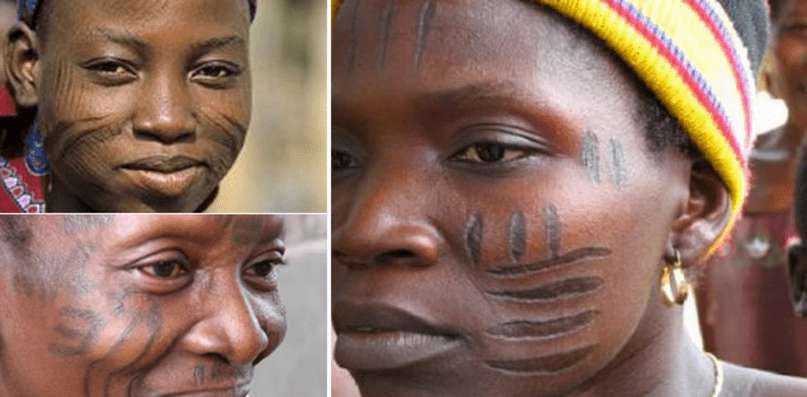Alain Web-creator est un développeur web indépendant camerounais, fondateur de l’agence numérique "Alain Web-creator Agency" et promoteur de plusieurs plateformes innovantes telles que #twitbook24 , #school237 , #promozik TV et #smarthealthafrica . #alainwebcreator est également le concepteur de #talent237 , une plateforme visant à connecter les influenceurs avec des marques et entreprises .



Scarifications are traditionally used as a title of citizenship in several African societies. ? ?
In many African cultures, scarifications are drawn on the face of individuals to mark their ethnic, social or religious affiliations.
As several researchers have shown, the association of brands with ethnic groups would have been very variable over time.
In the 18th century, in Benin, the marks on the face made it possible to identify the members of his clan, during wars and conflicts. These marks were also a way of circumventing slavery, from the 16th century. Slave traders turned away from people with marks on their faces and bodies.
In several Yoruba languages, facial #scarifications are called ila kiko. Performed during early childhood, they granted its wearer a sort of title of citizenship or ethnicity. When this citizenship was associated with prestige, scarifications were a feature of beauty and their absence with ugliness or poverty, their wearer sometimes being interpreted as too poor to afford the services of an artist making them. In her article entitled Beyond Diversity: Women, Scarification, and Yoruba Identity (2008), Olatunji Ojo writes that in Ibadan city, the word for ‘non-scarified person’ is ilaikOla. It also means 'stranger', 'uncivilized', 'nerdy' and ugly.
The many divergent facial scarifications could also have this effect. Over the course of a lifetime, the forfeiture and acquisition of citizenship could be marked by the change, addition or erasure of scarifications. ?
#alainwebcreator #twitbook24 , #africa #nigeria #school237
Selon vous, comment lutter contre la dépigmentation, communément appelé #djansang (opération qui consiste à utiliser les produits de beauté visant changer la jolie peau noire et naturelle en peau blanche) ? ?
#alainwebcreator suggère aux parents d'habituer les jeunes filles à utiliser des poupées noires dès l'enfance pour les amener à aimer leur teint chocolat.
Si tu es de cet avis, laisse un commentaire ! ?
#madeinafrica ? #twitbook24 #school237












